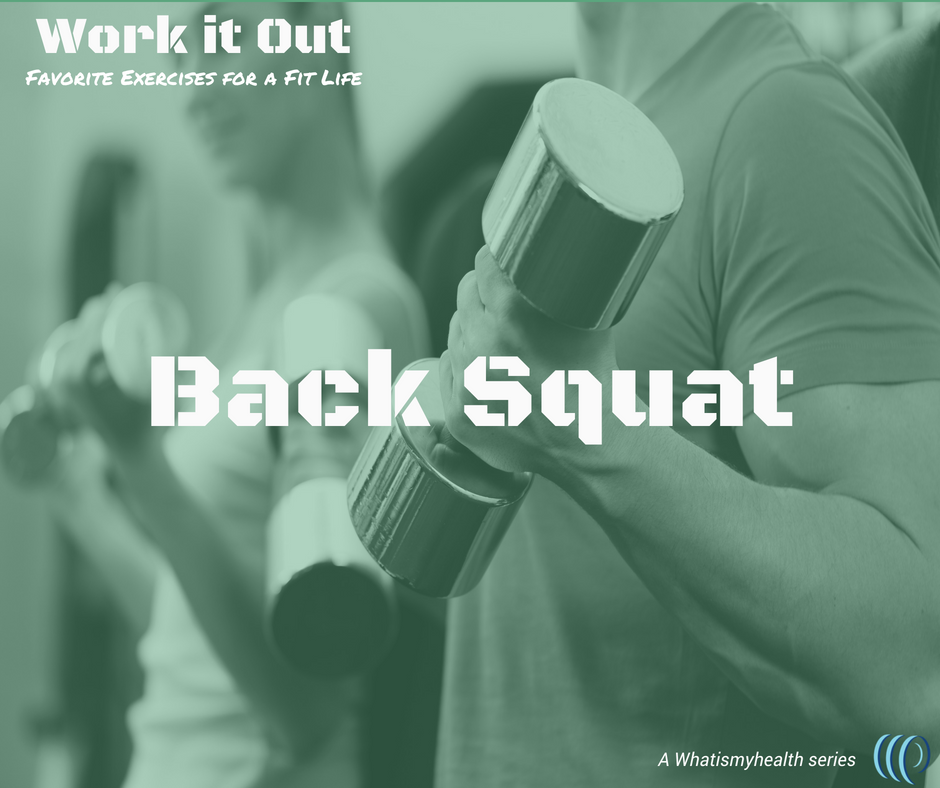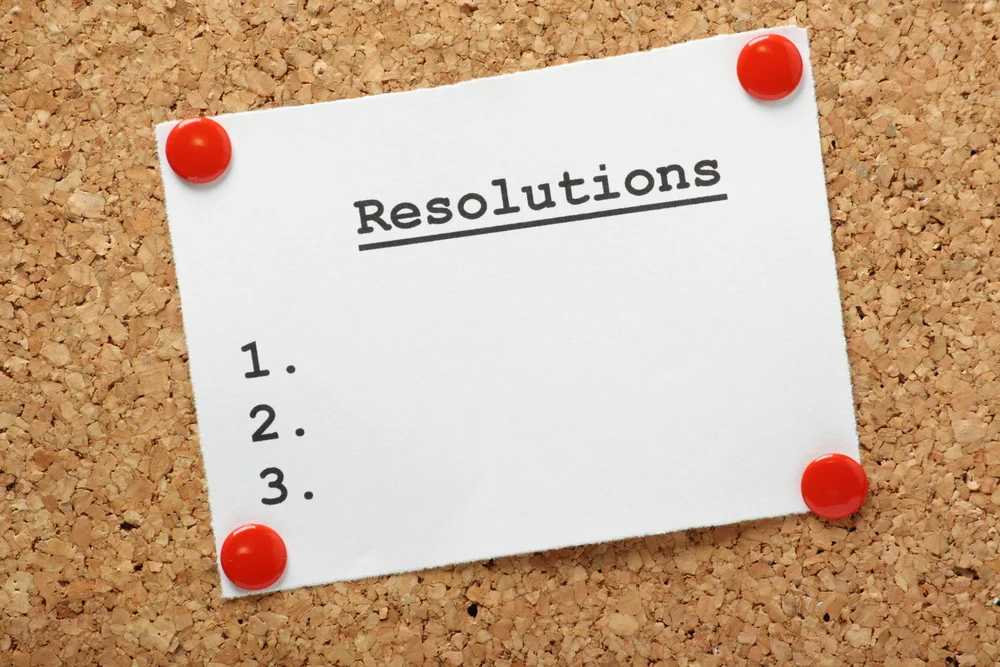Work It Out: Deadlift
/Welcome to the “Work it Out” series from My Train of Thought. In this series, Certified Personal Trainer Sean Jackson will share some of his favorite exercises, breaking down what each exercise is, what it’s good for, and how to perform it safely and effectively.
*Disclaimer: It is recommended that you consult your health care professional, as well as a certified trainer before attempting to perform a new workout. It is recommended that you familiarize yourself with the exercise and its proper form in order to prevent injury and account for any pre-existing injury or other conditions, as well as to ensure that the exercise is advisable for you.
Exercise:
Bench Press
What it is
The deadlift is a lower body hinge exercise that targets the posterior chain. Similar to both the bench press and the back squat, the deadlift is a measurable workout for raw strength indicators such as matching your own body weight. Deadlifting targets the hamstrings and glutes while still utilizing your whole body.
Why Deadlift?
We worked on pushing power with the bench press, now it’s time to think about pulling power. The deadlift helps you build pulling power and strength by its motion, pulling the weight up off of the ground. This is one of my favorite exercises because it really tests your motor control and grip strength. It’s also a great measure for lower body strength, so if your goal is to really work your hamstrings and glutes, deadlifting can help you do that.
As always, you also have to consider injury, and this isn’t any different. The deadlift is hard to master, and you can almost always improve. You should watch out for regression and progression if you’re doing this exercise, especially if you have tight hip complex. If you suffer from lumbar spine issues, you might want to avoid deadlifting, especially if you’re not being coached or working out with a personal trainer. This exercise is mainly recommended for those who can safely get into the proper position (outlined below, “Let’s Talk Action”), and there are many different progressions you can use to accomplish the pattern.
What you’ll need
To perform the deadlift, ideally you’ll need a barbell and weight plates. You can do a similar version using dumbbells or kettle bells if you’re working out in your own home gym and don’t have a barbell available to you. You can also modify the exercise using a trap bar.
Let’s talk action
First, choose a weight suitable for you. If you’re using a barbell, the bar should be set on the ground. Before you get ready to lift, step to the bar with your feet under the bar. Keeping a neutral spine (straight from head to tailbone), hinge at the hips— just like a door hinge works with no bend, just pushing the hips away— into the upright deadlift position. Keeping your arms under your chest, not in front of your body, will help you avoid putting strain on the lower back. Your shoulders should be activated and not rolled forward. To help you do this, visualize a quarter being squeezed between your shoulder blades.
Grab the bar with your hands on the outsides of your legs. Engage your core by bracing your abdominals and prepare yourself to take the slack out of the bar (create tension). To lift the bar, drive through your feet by pushing through your heels, not your toes. Use your hamstrings, not your lower back, and glutes to stand the bar up.
Measurable Goals
The amount of weight to start with will vary for each person, like it does with most exercises. If your building strength is your main goal, a lower amount of reps (6-8) to each set is appropriate. If you’re aiming for muscle growth (size), sets of 10-12 reps are recommended. For starters, most people repeat the deadlift anywhere between 3-5 sets.
To find the proper starting weight, I recommend using the 1rm chart. The weight you choose should be based on the maximum amount of weight you’re able to deadlift once. For example, if the most you can deadlift 1 rep at 100 pounds, use the chart to determine the weight for the number of reps you want to complete. If the number of reps is 6 on a max of 100 pounds, the chart recommends 85%, or 85 pounds for 6 reps.
When increasing weight, you’ll want to do this gradually. In most cases, adding 20-30 lb. to your deadlift at each increase is appropriate. Just like you would with the bench press and the back squat, once you’re able to deadlift your own body weight, you can then work towards increasing to reach different raw strength indicator checkpoints (1.5, 2x, 3x your body weight). You’ll still always want to maintain great posture control and mechanics.
You can also research other program types to fit your goals and talk to a certified fitness professional if you need more help.
Any questions? Ask Sean using the form below:
Stay tuned as the “Work it Out” series continues next month.
Whaitsmyhealth © 2018

















When working out starts feeling monotonous, these 3 things help me to find new vigor for working out.